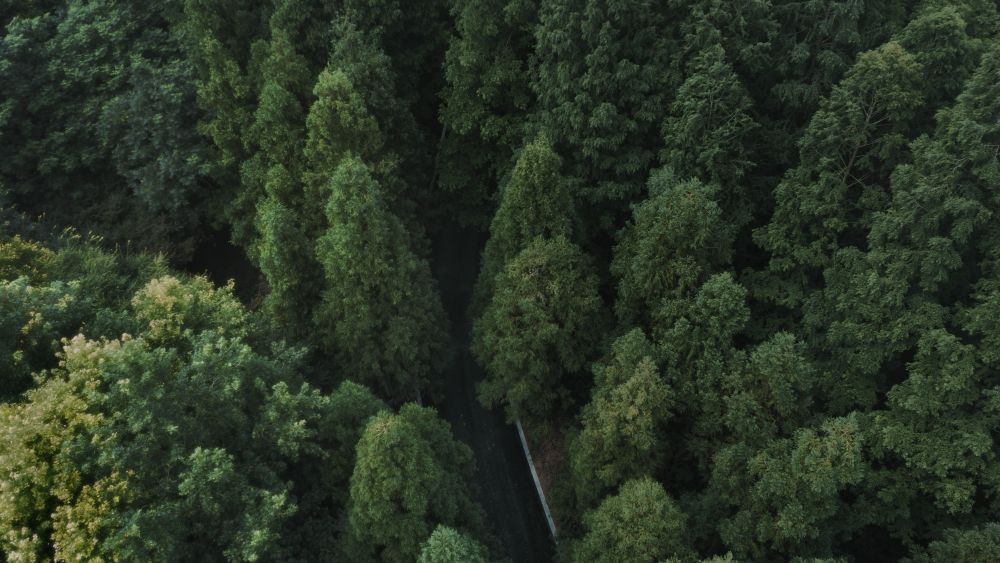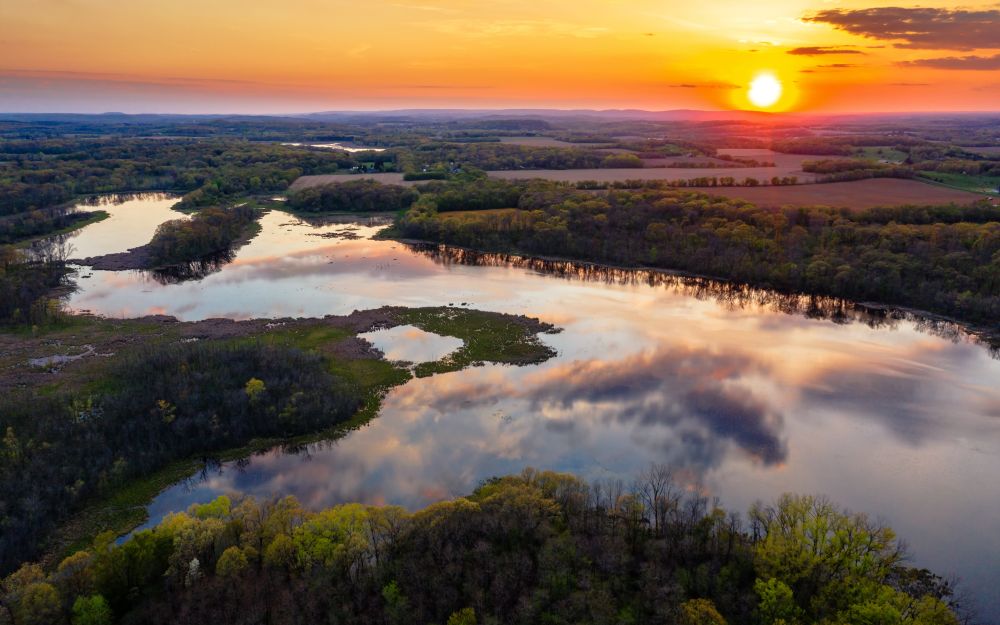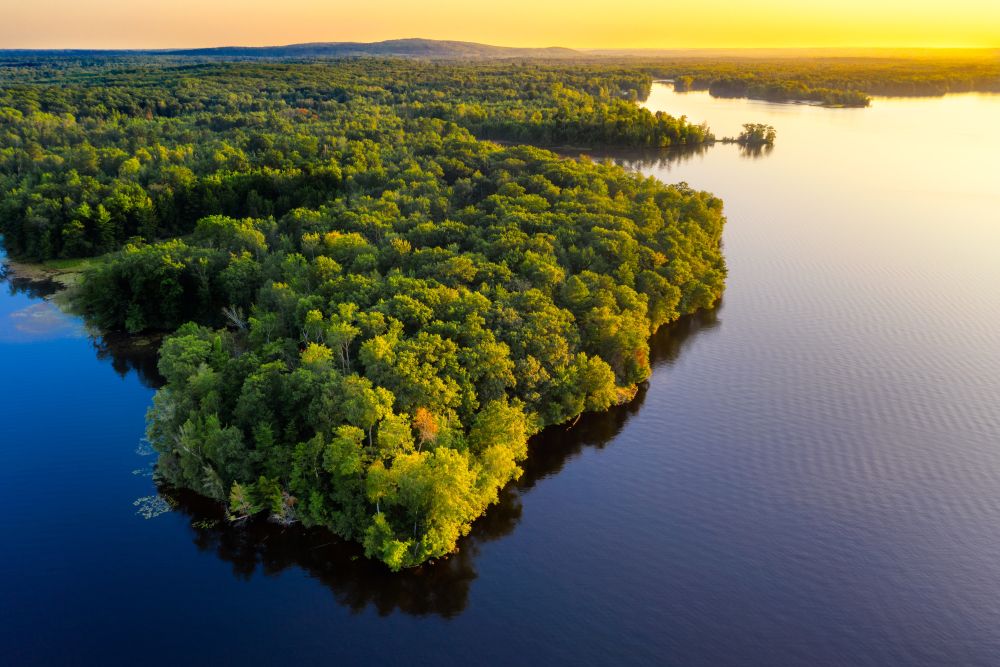Only 3% of Earth’s Ecosystem is Ecologically Intact, Scientists Reveal
While the world communities are trying hard to preserve ecosystems, a new report has revealed that only 3% of the earth’s ecosystem is ecologically intact. The report comes before the celebration of Earth Day 2021, making it imperative to implement stringent policies and take immediate actions lest the remaining three percent is lost.
BR-364 is a long, less-traveled highway, stretching over 2,000 miles in Brazil’s south-eastern region that cuts through forests and bushlands. This two-lane highway also passes through the few most ecologically pristine places on Earth. It is among the last 3% of the earth’s ecosystem that is “ecologically intact”.
Scientists aim to study these regions to learn more to avert the biodiversity crisis. The new dataset shows that there are only a few places on earth that remain the same as they were 600 years ago. These pristine areas in the Amazon and Siberia may expand with animal reintroductions.

One of the few fragments of wilderness undamaged by human activities | Image: Unsplash
The new report published by Frontiers in Forest and Global Change stated that only 3 percent of the earth’s ecosystem is environmentally unharmed. The number has gone down by ten times compared to previous assessments. A previous study estimated that 20% to 40% of the Earth’s land was intact. However, these studies weren’t providing a full scope of the crisis as there was no ecological intactness.
Dr. Andrew Plumptre, Head of the Key Biodiversity Areas Secretariat in Cambridge, who led the study, said,
Working in the tropics for 30 years and undertaking surveys of many African forests, what can look intact from the air can be devoid of species when you look under the canopy.
Defining intactness, Dr. Andrew Plumptre stated that there are three kinds of intactness. Habitat intactness is calculated with humans to have minimal impact on the natural habitat. Faunal intactness is an estimated wide range of species that have been living in a region since 1500 AD. Functional intactness refers to areas with sufficient animal species that can survive vital ecosystem roles as predators and prey.

Ecological intactness back to up to 20% through the targeted reintroductions of species | Image: Unsplash
These fragments of pristine ecosystem undamaged by human activities are parts of Amazon and Congo tropic forests, east Siberian, northern Canadian forests, tundra, and the Sahara. These ecologically unique places need to be preserved, but only 11% of these places fall within the protected areas.
The remaining intact habitat is increasingly vanishing and its significance has been demonstrated for both biodiversity and humanity. The study found that many of the presumed intact habitats are missing species that have been hunted or gone extinct because of invasive animals or diseases. Many of the identified territories are managed by indigenous communities, who play a crucial role in maintaining the regions.

Wild animals can help to restore the natural habitat | Image: Unsplash
For this study, researchers used aerial footage and data to establish a human footprint map and determine the habitat intactness. To determine faunal intactness, scientists studied different animals and respective circumstances that led to their local extinction. The functional or ecological intactness was determined by further refining the data.
Based on these factors, scientists found that only 3 percent of the land surface is ecologically intact – which is surprisingly low. However, it is not all bad news. 20% of the planet’s land surface can be restored to faunal intactness by reintroducing species into intact habitats.

Some 97% of Earth is no longer ecologically intact, according to the study | Image: Unsplash
Researchers warn that a sixth mass extinction of life on earth is at the brink, with serious impacts on food, clean water, and air. The study focuses on policy and research solutions for conservation stakeholders who can shape the environmental standards.
Via: Inverse
